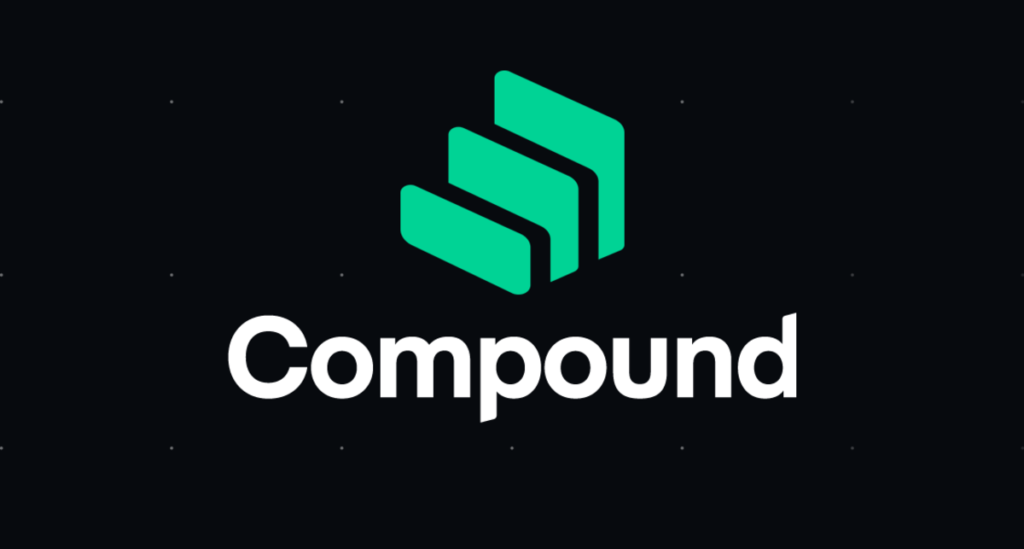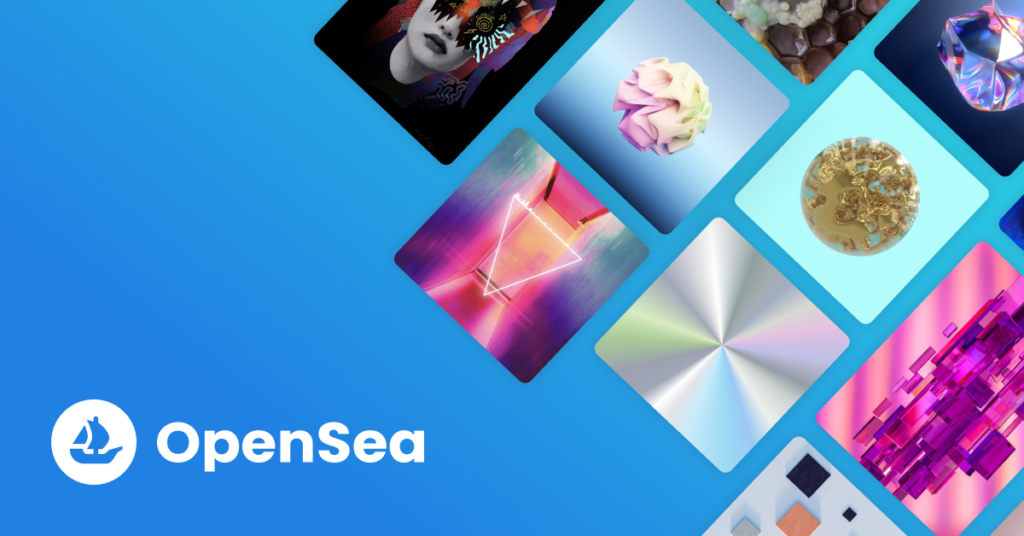Combining AI and innovative technologies is ushering in a new era of intelligent, interactive, and secure Web3 dApps. Join us as we walk you through the Web3 ecosystem.

Web 3.0 can potentially be disruptive and cause a profound paradigm shift as Web 2.0.
The essential ideals of decentralization, openness, and increasing customer usefulness are the foundation for Web 3.0. Web 3.0, often known as Web 3, represents the next stage in the evolution of the Internet.
Consider a new sort of Internet that precisely translates what you write and understands what you say, whether via text, speech, or other media and in which all the content you consume is more tailored than ever.
In the evolution of the Internet, you are about to enter a new era. It’s been dubbed Web 3.0.
What is Web3?
The third generation of the World Wide Web (WWW), Web 3.0 or Web3, prioritizes rapid immersion in the digital environment. This version of the Internet prioritizes personal data ownership, blockchain technology, and cryptocurrencies.
Web 3.0 is still in its early phases of development, but the goal is to create an open, decentralized Internet platform that provides users with enhanced value and security.
The goal is to build a more user-centric internet where users can control their data and perform peer-to-peer transactions without relying on centralized corporations.
Web 3.0 technologies are projected to be decentralized, trustless, and open. Platforms for content creation will be established with open-source technologies to ensure accessibility and transparency.
Everyone will follow Zero Trust principles in a trustless environment, and network protection will extend to the edge. This means that users, devices, and services can interact without needing permission from a single authority.
In the next phase of the Internet, people can communicate directly with one another thanks to blockchain technology.
Users can connect by joining Decentralized Autonomous entities (DAOs), which are community-managed and owned entities.
A publicly available smart contracts network in a blockchain controlled by a decentralized network of nodes will protect user data.
Characteristics of Web3
Some characteristics of web3 include;
- Semantic web
- Machine learning and artificial intelligence
- Internet of Things (IoT)
- Trustworthy data
- 3D graphics
- Participation without authorization
Semantic Web
The Semantic Web enhances internet technology by allowing users to produce, exchange, and connect content using search and analysis that prioritizes understanding words over numbers and keywords.
Machine Learning and Artificial Intelligence
Machine learning and artificial intelligence (AI) will make Web 3.0 more intelligent and responsive to user requests, particularly when combined with natural language processing.
The Internet of Things (IoT)
Semantic metadata enables the Internet of Things (IoT) to connect various devices and applications, using available data better. As a result, access to the Internet is becoming more widespread.
Trustworthy data
Because decentralized protocols exist, users can interact secretly or openly without concern for other parties.
3D Graphics
3D visuals increase the user experience for virtual tours, e-commerce, and gaming.
Participation Without Authorization
Users can participate without obtaining permission from a central authority.
Examples of applications include metaverses, NFT-compliant blockchain video games, better digital infrastructure and privacy, decentralized finance, and independent decentralized organizations.
Web 3.0 uses cutting-edge technology to make the Internet a more intelligent, secure, and user-focused platform that provides a seamless and rich digital experience.
Now that we have a solid understanding of web3, we will delve into web3 Dapps.
Understanding Web3 Dapps
Decentralized applications (Dapps) are software programs that run on decentralized networks like blockchain rather than managed by a single institution or centralized server.
Dapps are distinguished by their decentralized nature, immutability, and transparency, and they have numerous advantages over traditional programs, such as censorship resistance, improved security, and better user control.
Unlike traditional applications, which rely on centralized servers for data storage and processing, Dapps uses blockchain technology to distribute data over a network of nodes.
This ensures no single point of failure, lowering the danger of data breaches or outages.
All dApps are web3 apps; however, not all web3 apps are dApps because they are not all decentralized. However, you will frequently see the terms used interchangeably. A crypto wallet allows you to connect to any dApp or web3 app.
For a web3 program to be called a dApp, the ability to make changes to the application must be shared by many parties. Many web3 dApps use DAOs to control the application in a decentralized manner.
Web3 Dapps frequently uses smart contracts, self-executing contracts with the rules of the agreement put directly into code, to automate procedures and promote trustless transactions.
These smart contracts are implemented on the blockchain, which ensures transparency and security while eliminating the need for intermediaries.
Web3 Dapps represents a paradigm shift in software development, providing a more secure, transparent, and democratic way to build and distribute applications.
They can potentially transform several industries, including finance, social media, gaming, and governance, by allowing for new types of decentralized collaboration and interaction.
Categories of Web3 Dapps
Here are some diverse categories of Web3 Dapps:
- Financial DApps
- Social DApps
- Gaming Dapps
- Governance DApps
Financial DApps
Decentralized Finance (DeFi) Platforms
These web3 Dapps provide financial services, including lending, borrowing, trading, and yield farming, without traditional financial intermediaries.
Tokenization Platforms
Decentralized applications that allow for the development, issuance, and management of digital tokens that reflect real-world assets or utilities.
Prediction Markets
Web3 Dapps that employ blockchain technology to allow users to wager on event outcomes or foretell future events.
Social DApps
Decentralized Social Networks (Dapps)
They provide social networking services while protecting user privacy, data ownership, and censorship resistance.
Content Creation and Sharing Platforms
Decentralized applications that allow users to create, publish, and monetize content, typically with token incentives or rewards.
Gaming Dapps
Play-to-Earn Games
Web3 Dapps enables users to earn bitcoin or digital assets by participating in games, performing activities, or contributing to the game ecosystem.
NFT-based Gaming Platforms
Dapps incorporate non-fungible tokens (NFTs) into gaming experiences, allowing players to own and trade in-game items.
Governance DApps
Decentralized Autonomous Organizations (DAOs)
They are decentralized governance and decision-making applications that allow token holders to vote on proposals and manage the organization’s funds.
Voting and Decision-Making Platforms
Decentralized applications that provide transparent and secure voting processes for a variety of purposes, including elections, governance, and community decisions.
These are only a few instances of the varied variety of web3 Dapps emerging within the Web3 ecosystem, each to decentralize and democratize various parts of technology, money, and society.
Before we see the most influential Web3 Dapps, let us see the benefits of Web3 Dapps.
Benefits of Web3 Dapps
Here are some benefits of Web3 Dapps that set it aside from traditional apps.
- Ownership of personal data
- Pseudonymity
- No single point of failure
- Censorship-resistant
- A wider distribution of value
Ownership of Personal Data
When you use apps like Instagram or Google, these corporations can acquire, own, and monetize your data. Your personal information is frequently used to target advertisements based on your interests or sold to third parties for research or advertising.
Web3 apps allow you to manage your personal information. When you utilize a web3 app, it only requires a link to your cryptocurrency wallet.
So, the web3 app does not gather or keep your personal information because it never gets access.
Some web3 apps allow storing and monetizing your data in a cryptocurrency wallet. If you choose, you will be reimbursed directly for sharing your information.
Pseudonymity
Privacy is another vital aspect of web3 apps and personal data ownership. With web3, your crypto wallet serves as your identification and cannot be readily tracked back to your true identity.
While the blockchain and your behavior are public, your personal information is kept hidden.
It is worth noting that there are services that can trace wallets used in illicit behavior. However, for daily activities, your identity should be kept confidential.
No Single Point of Failure
Web3 applications run on decentralized blockchains. A typical program, for example, runs on a single, centralized server. If that server goes down, you cannot access that app.
When prominent centralized programs such as Facebook, Instagram, Whatsapp, Gmail, and Google Drive go down for extended periods, consumers lose access to social networking, email, and storage services, as do businesses that rely on them.
This affects corporate operations and profitability.
Web3 apps, on the other hand, need multiple nodes (computers and servers) to run their networks. If a single node fails, the remaining nodes maintain the blockchain, and hence the web3 app, operational and usable.
Web3 apps are less vulnerable to outages unless all nodes (servers or computers) in a network fail at the same time. This arrangement also defends blockchains against denial of service (DoS) attacks by hackers.
Censorship-resistant
Traditional programs such as Facebook and Twitter have grown in popularity, with billions of individuals posting material on these platforms daily.
Because the firms behind these applications control the platforms, they have the authority to approve or prohibit specific individuals and categories of content.
In other words, the firms that own the apps influence a huge portion of online public discourse and can restrict users with specific beliefs.
This can jeopardize democracy and open public discourse. Web3 apps offer an alternative to potential censorship on standard apps by allowing users to upload whatever they want without the risk of being blocked.
This is because web3 apps save their data on the blockchain, which is publicly accessible and difficult to change once added.
Many web3 apps, such as Dtube, Steemit, and Minds, focus on providing open and censorship-free platforms.
A Wider Distribution of Value
While many traditional apps have improved our lives, the value they create has primarily benefited the app’s inventors and investors rather than the consumers.
This ignores the fact that users are responsible for generating activity and value.
For example, Facebook does not generate content. Facebook users generate and share material that piques the interest and attention of other users.
Web3 apps, on the other hand, may level the playing field while rewarding all parties involved.
By allowing users to reward content they appreciate, producers can create appropriate content for their audiences without worrying about being advertiser-friendly.
For example, on Steemit, users get compensated from a daily rewards pool for valuable contributions, early upvotes of popular content, and other platform activities.
The Most Influential Web3 Dapps
The most popular web3 Dapps are;
- UniSwap
- Compound
- Yearn Finance
- PancakeSwap
- OpenSea
UniSwap

Uniswap is a popular web3 dapp that allows users to trade cryptocurrencies without intermediaries. It runs on the Ethereum blockchain and uses smart contract technology to facilitate speedy and secure trades.
One of Uniswap’s distinguishing qualities is its peer-to-peer trading system. Uniswap, unlike typical centralized exchanges, allows users to trade cryptocurrencies directly with one another using a decentralized platform.
Users can also become liquidity partners by combining their funds with others. This adds liquidity to the market and enables more efficient trading.
There are various advantages to adopting Uniswap over centralized exchanges. Users have complete control over their funds because they possess private keys and are not vulnerable to exchange hacks or shutdowns.
Also, Uniswap has a very cheap transaction fee, much lower than those imposed by centralized exchanges. Third, liquidity providers earn a percentage of each trade, which allows for passive income.
Uniswap has a range of applications, including facilitating the lending and borrowing of digital assets, which is especially beneficial for individuals looking to make a return on their investments.
Additionally, Uniswap allows users to explore several exchanges for the best pricing, ensuring the most efficient trade. Finally, it can be utilized in prediction markets, where users place bets on the outcomes of global events.
The UNI token is essential to the Uniswap protocol. It is an ERC-20 token that offers holders governance privileges, including the ability to vote on ideas that affect the platform’s development.
Additionally, UNI token holders receive a portion of the protocol’s fees.
Compound

Compound is the primary DeFi protocol, allowing users to lend and borrow cryptocurrencies in a decentralized economy.
Compound, built on the Ethereum blockchain, is a unique peer-to-peer lending system enabling users to earn interest by lending to borrowers.
The protocol’s functionality is realized by smart contracts, which automatically connect borrowers and lenders in a permissionless and transparent manner.
This means that consumers can lend and borrow without the need for intermediaries like banks or financial organizations.
Compound improves the customer experience by implementing an Automated Market Maker (AMM).
The AMM effectively aligns supply and demand, allowing borrowers to acquire loans rapidly while lenders earn interest on their holdings.
This is accomplished by algorithmically calculating the interest rates on each loan depending on the supply and demand for each item in the Compound ecosystem.
COMP token holders benefit from increased governance privileges within the Compound protocol. COMP is used to vote on crucial matters like finance decisions and protocol upgrades.
This gives users a say in the protocol’s continuous development and future direction.
Yearn Finance

Yearn Finance is a web3 Dapp that serves as a yield aggregator and liquidity provider, allowing users to earn interest on their Crypto assets.
The platform’s two main products, Vaults and Earn, let customers reinvest and diversify their assets across many protocols to maximize their returns.
Yearn Finance is unique in that it uses its native token, YFI, to provide customers with the maximum potential profits. YFI is used to vote on platform updates and award funds to different DeFi projects.
Yearn Finance regularly monitors the market and adapts its investing techniques to ensure users receive the highest potential returns.
Yearn Finance’s Vaults and Earn products offer consumers a unique alternative for earning income on their cryptocurrency holdings.
Utilizing its native token, YFI, and agreements with numerous DeFi initiatives ensure that consumers obtain the best potential returns.
While recent developments have prompted a temporary drop in the YFI price, Yearn Finance remains a dominant player in the DeFi industry, continuing to innovate and grow.
PancakeSwap

PancakeSwap is a web3 dapp based on the Binance Smart Chain. It is a popular alternative to Ethereum-based decentralized exchanges, such as Uniswap.
The biggest benefit of PancakeSwap is the smooth user experience. The Binance Smart Chain is designed for tiny decentralized applications (dApps) and provides a seamless user experience with minimal delays and transaction fees.
PancakeSwap enables users to trade BEP-20 standard tokens native to the Binance Smart Chain. Users may easily access PancakeSwap using their favorite wallet, such as MetaMask.
PancakeSwap allows users to earn in various methods, including yield farming, staking, lotteries, and NFT collectibles.
Yield farming on PancakeSwap allows users to earn incentives by staking their BEP-20 tokens. This incentivizes users to keep their tokens on PancakeSwap, increasing the platform’s liquidity.
PancakeSwap’s lottery provides extra opportunities for users to earn money. Users can participate in lotteries by staking their CAKE tokens.
CAKE, as PancakeSwap’s native token, has the potential to benefit users.
First, users can receive rewards by staking their CAKE tokens. Because the token is used in platform governance, CAKE holders have a say in managing the platform.
This encourages a sense of ownership and community involvement.
OpenSea

OpenSea is a popular peer-to-peer marketplace for digital assets, particularly non-fungible tokens (NFTs).
For those unfamiliar with the site, OpenSea allows users to purchase, sell, and trade a wide range of digital assets, such as rare collectibles, gaming equipment, and even virtual real estate.
At its foundation, OpenSea is a decentralized marketplace, meaning that transactions occur directly between buyers and sellers, with no intermediaries such as auction houses or brokers.
This provides greater flexibility and control over the purchasing and selling processes and lower transaction fees.
Conclusion
The emergence of Web3 dApps has transformed how users interact with decentralized networks, opening up a whole new universe of capability.
dApps reduce many disadvantages of traditional centralized systems while offering advantages such as increased privacy, improved safety protocols, minimal or no transaction fees, and greater flexibility.
As a result, consumers can now do various tasks previously unavailable through centralized systems.
However, consumers must exercise due diligence before engaging in any financial transactions.
This includes determining whether the dApp they wish to use is reputable and secure by reading internet reviews and consulting with relevant professionals.
By following these simple procedures to check the legality of dApps, consumers may ensure that their data is safe and secure when transacting with decentralized applications.
